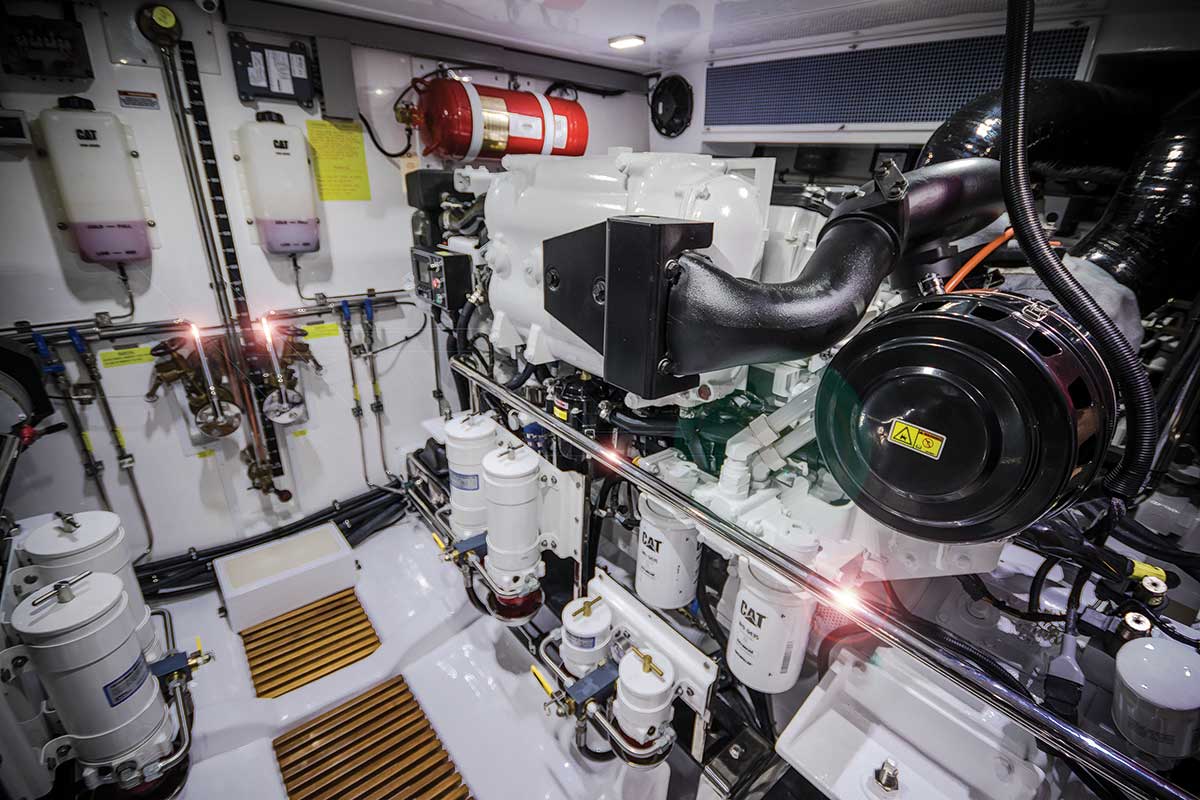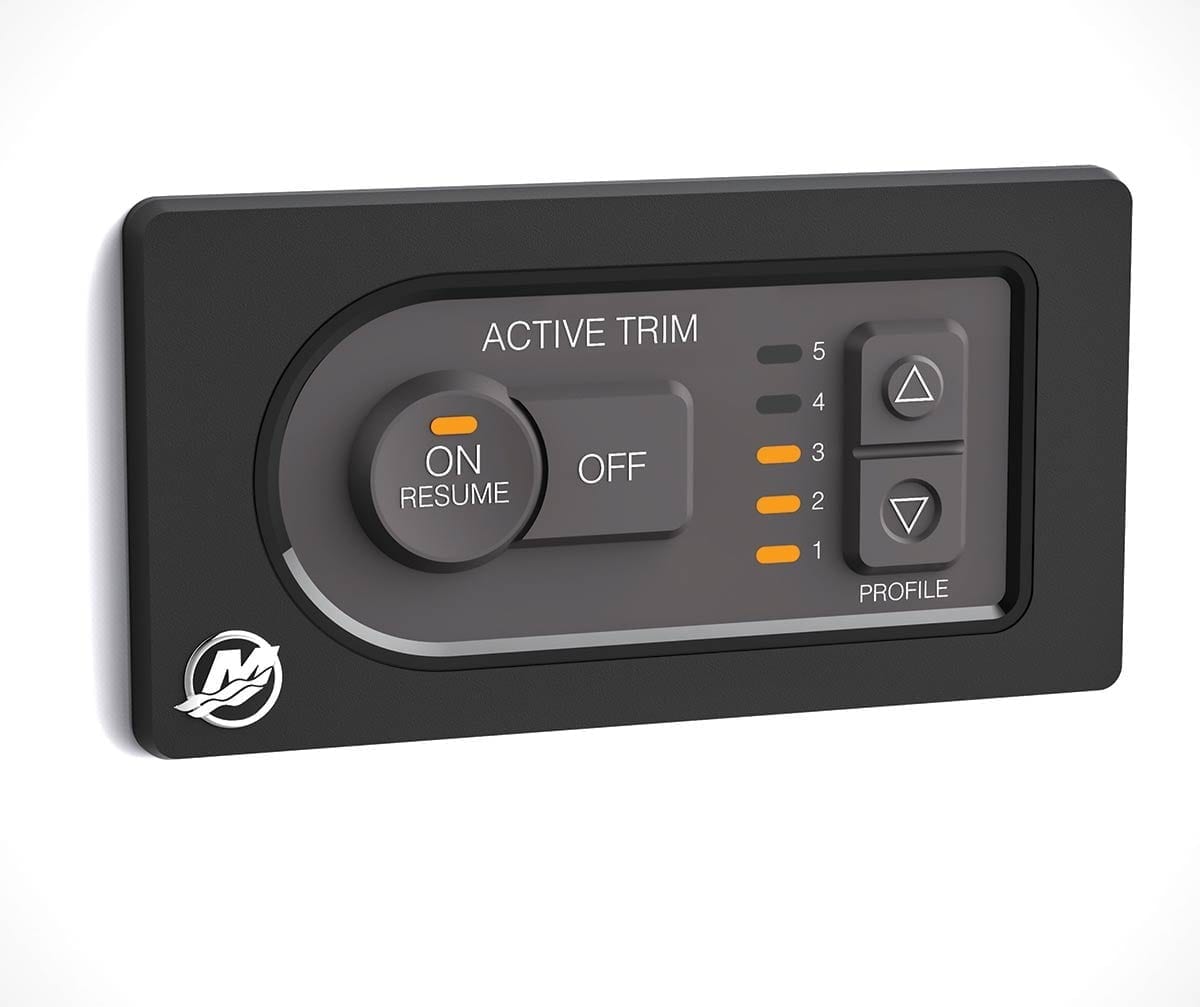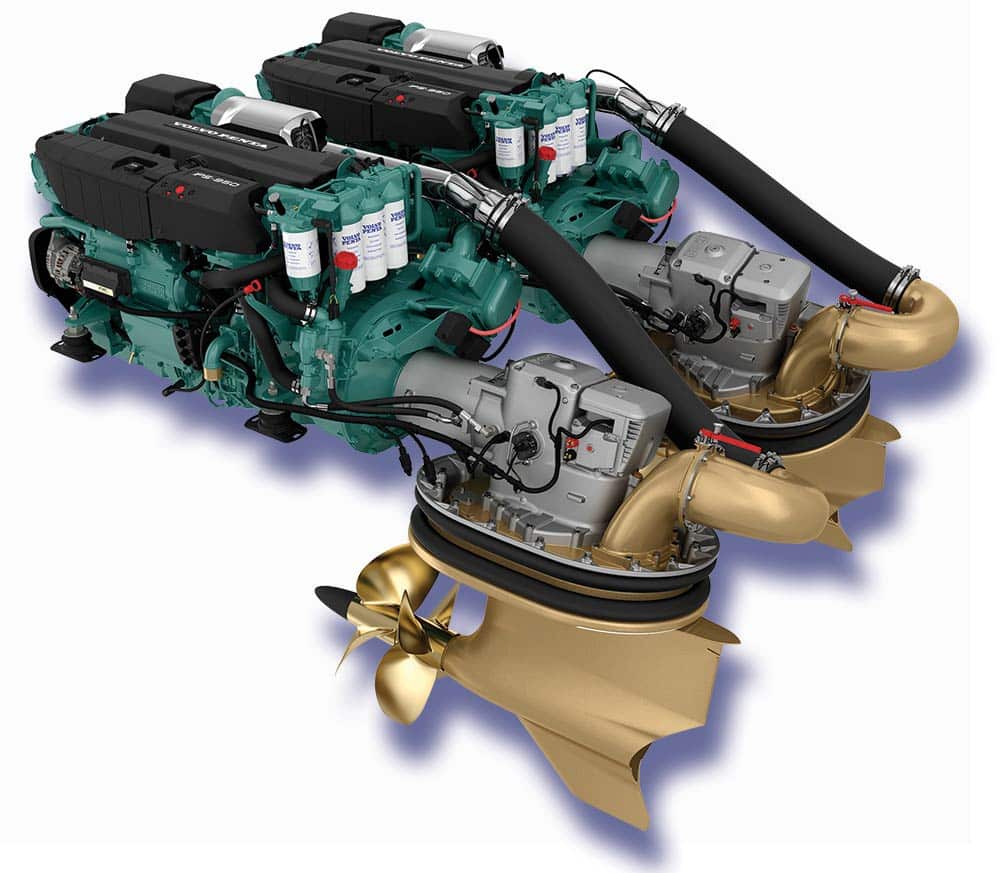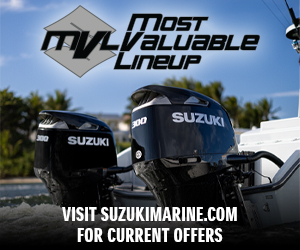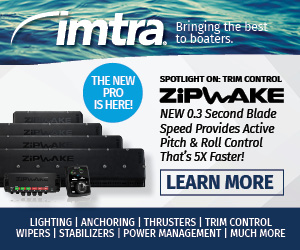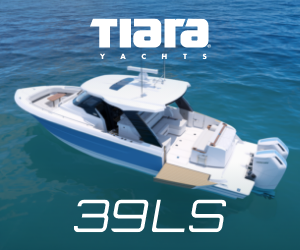Inboards
Situated in the center of a boat for equal weight distribution, inboards tend to be quieter than their outboard counterparts. Gas or electric, Southern Boating knows a lot about inboard engines. Broken driveshaft? Stern drive acting up? Check out our library of articles about inboard engines for the solution.
Clean Fuel for Happy Cruising
9 out of 10 problems with diesel engines are the result of contaminated fuel. We'll show you how to keep...
Read moreDetailsSpring Cleaning? Don’t Miss the Engine Room!
Spring cleaning your engine room has long-term benefits. A dirty engine room is like dirty fingernails; it says a lot...
Read moreDetailsHull-Prop Relationship
The prop you select must synch with both your engine and your hull. Do you feel a vibration when your boat...
Read moreDetailsMercury Active Trim
Mercury Active Trim can improve boat performance Could manually adjusting the trim of your outboard engine or sterndrive be going,...
Read moreDetailsVolvo Penta Power Punch
Volvo Penta pairs their new D11 diesel engine with IPS950 pod drives for a perfect combination. Green and clean may...
Read moreDetails


